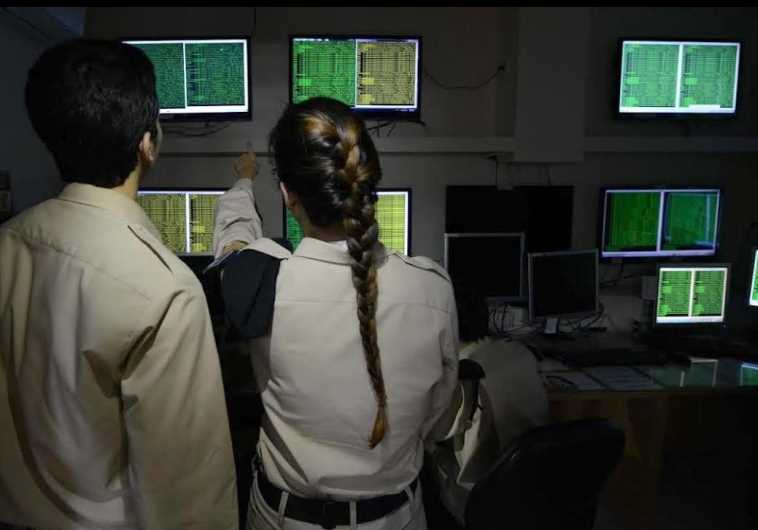Exclusive: Navy’s cyber warriors in technological arms race with Israel's foes
"From our perspective, the threat is always lurking on our perimeters – these are ‘borders’ made up of cables,” says a senior navy source.
 Operators in the Israel Navy cyber control room(photo credit: IDF SPOKESPERSON'S UNIT)
Operators in the Israel Navy cyber control room(photo credit: IDF SPOKESPERSON'S UNIT)